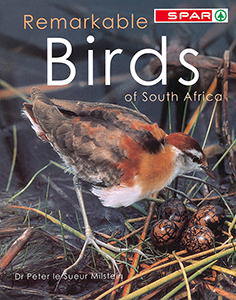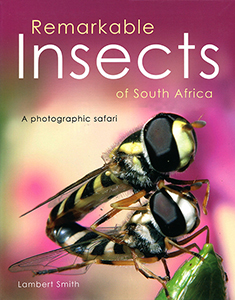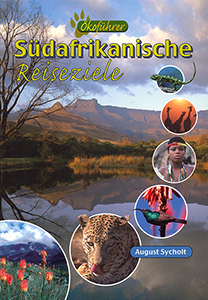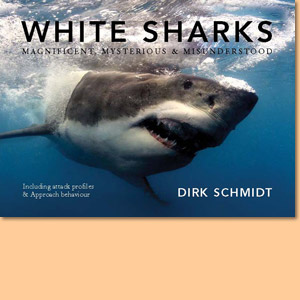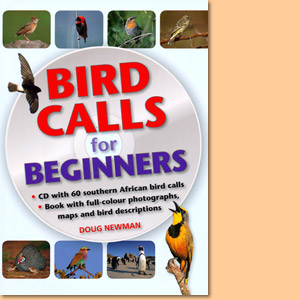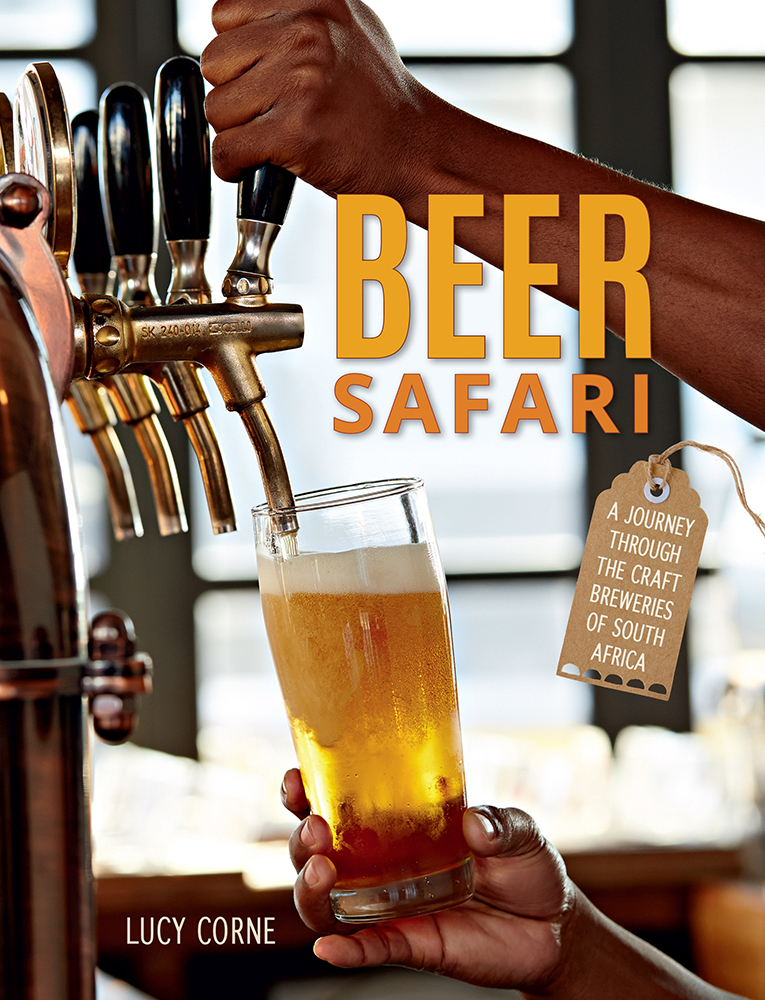Understanding behaviour of Southern African Mammals
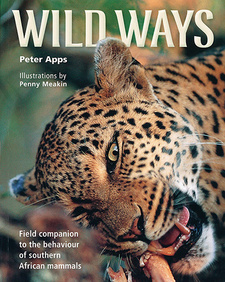
The new edition of Wild ways: Field guide to the behaviour of Southern African Mammals is available (ISBN 9781920544850 / ISBN 978-1-920544-85-0)
Occasionally, animals behave in ways that are unusual and unexpected. At first sight some of these rare behaviours seem to defy interpretation, but careful study of what happens leads to scientific explanations about why. In the new 2014 edition of his book Wild Ways, Peter Apps helps understanding the behaviour of mammals in Southern African.
Puppy love
In the Mombo area of the Okavango Delta, a female African wild dog survived the lion attack that killed the rest of her pack, but instead of joining another dog pack, she socialised with spotted hyaenas and black-backed jackals. When the jackals had pups the wild dog regurgitated meat for them, and the adult jackals now trail the female dog when she goes hunting, and share carcasses with her. Why: African wild dogs are extremely social; the members of a pack stay together and interact intensively several times a day. Although only one female in a pack gives birth, all the adults care for and feed the pups; a wild dog pup has only to squeak for adults to come running to check on it. Pups of all species in the dog family look and sound similar enough for the jackal pups to have triggered the Mombo wild dog's instincts to care for them. Black-backed jackals are flexible generalists who very quickly learn to take advantage of new food sources. They scavenge the remnants of larger predators' kills, and do not always wait for the larger predator to finish feeding, and so taking part of the wild dog's kills is not a significant change in their behaviour. Wild dogs share food with their pack mates with none of the competitive bickering that goes on in a lion pride or spotted hyaena clan, and an impala carcass provides more than twice as much meat as a wild dog can eat, so the Mombo female can afford to share with the jackals.
Ticking off
Allogrooming and mutual grooming are common social interactions among mammals. The partnership usually involves two animals of the same species, but occasionally, allogrooming crosses the species divide. At Jao Camp in northern Botswana, banded mongooses groom the ticks fromimpala, which lie down so that the mongooses can reach them. At a camp site in Uganda, banded mongooses groom warthogs, and in Mabula Conservancy in South Africa, ground-hornbills groom warthogs. Why? Both parties obviously benefit; the impalas and warthogs have their parasites removed, and the mongooses and ground-hornbills get a meal of blood-filled ticks. There is a similar symbiotic relationship between oxpeckers and large herbivores. Why is interspecific allogrooming so rare when the benefits are so obvious? The simplest answer is that the species involved do not normally spend much time with each other. At campsites and lodges, abundant food allows mongooses more time to socialise and individuals of different species grow accustomed to each other. Mongooses then extend the allogrooming they would normally carry out with other mongooses, and the warthogs and impalas respond in ways that resemble how they respond to allogrooming from their own species. Rare behaviours are more likely to be seen among the habituated animals at lodges and camp sites, simply because they can be observed for longer periods and in greater detail than they could be in the wild. These observations of rare behaviour can significantly expand our knowledge.
Waking the dead
Elephants are renowned for the attention they pay to dead elephant calves and to elephant bones, and for staying with the bodies of calves for hours after death. Similar reactions to dead calves have been recorded among giraffes, and hippos have been seen nibbling and licking at hippo carcasses. Why? These behaviours by elephants are often interpreted as a sign that they have a concept of mortality that other mammals lack, but the same behaviour in giraffes and hippos, which are not as conspicuously social and charismatic, has not attracted as much interest, or as much speculation. Applying Occam's razor and Lloyd Morgan's canon provides a simple explanation for why these three species pay such close attention to their dead. What separates elephants, giraffes and hippos from other large mammals is that they live in groups and significant numbers of them die non-violent deaths from disease or old age. Therefore, when one of them dies the survivors encounter an intact body that, initially, looks and smells the same as their living companion. Nearly all other mammals end their lives as victims of predators, leaving little or nothing to attract the survivors' interest. Black and white rhinos are the exceptions that prove the rule. Their size makes them largely immune to predation, and those that escape poachers die of old age or disease, but there are no records of their showing special interest in rhino carcasses. The likeliest explanation for this is that they do not live in herds like elephants, giraffes or hippos do, and so they die alone, with no social companions to take notice of their bodies.
Learn more about the fascinating topic in Peter Apps's and Penny Meakin's book Wild ways: Field guide to the behaviour of Southern African Mammals. Random House Struik-Nature. Cape Town, South Africa 2014. ISBN 9781920544850 / ISBN 978-1-920544-85-0
Empfehlungen
Remarkable Birds of South Africa
This beautifully photographed handbook introduces to the huge variety of remarkable birds found in South Africa.
Remarkable insects of South Africa
Remarkable Insects of South Africa features many unique never before published photographs.
Ökoführer: Südafrikanische Reiseziele
Natur- und umweltbewußtes Reisen mit dem Ökoführer für Reiseziele in Südafrika.
White Sharks
Illustrated throughout with magnificent images of White sharks, this book is essential reading for anyone who is concerned about understanding White Sharks behaviour.
Bird Calls For Beginners
Invaluable for birders of all ages, Bird Calls For Beginners (CD and book) will open up a new world of bird recognition and behaviour.
Beer Safari: A journey through the craft breweries of South Africa
Beer Safari takes readers on a journey through the craft breweries of South Africa, stopping to chat to each brewer along the way.

